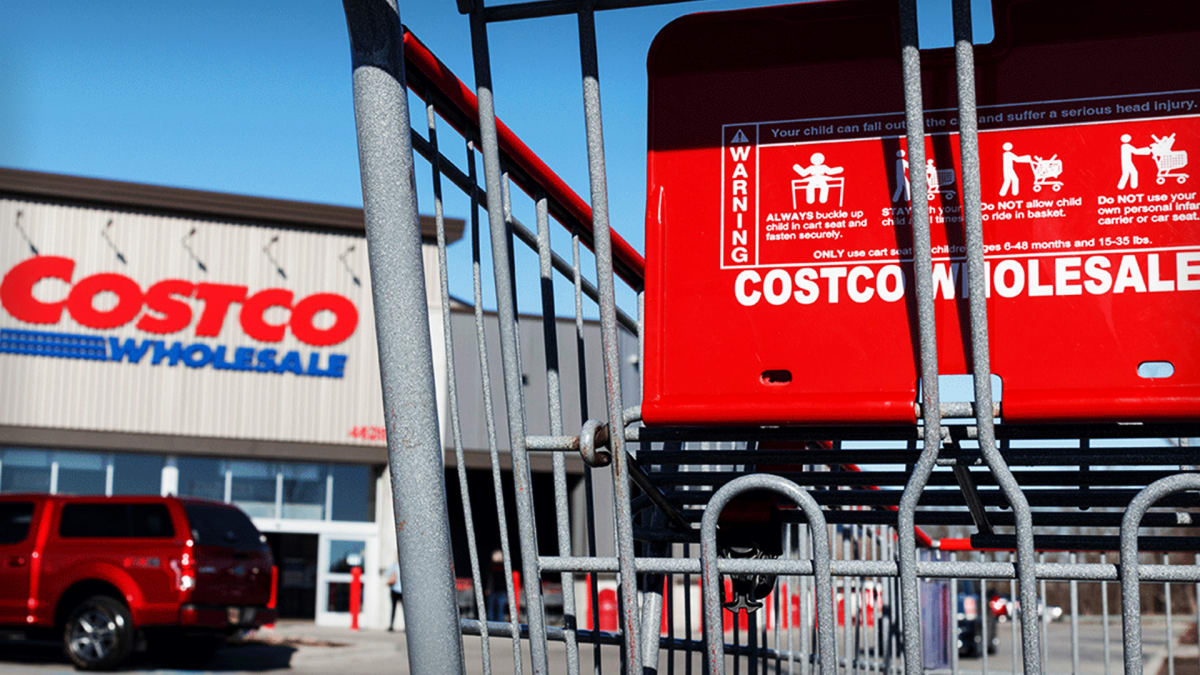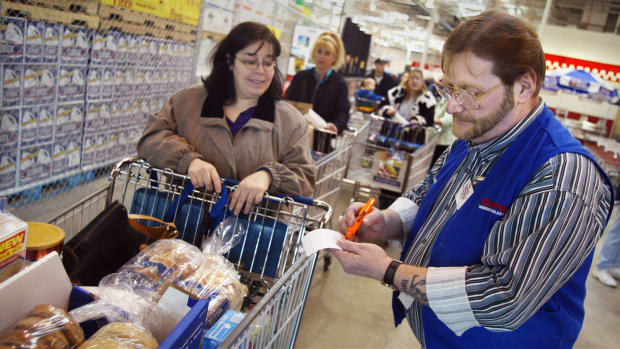
Inflation -- both the reality and the perception of it -- provides cover for both retailers and manufacturers to raise prices.
Yes, some real factors have forced prices higher, but consumer believe that things are worse than they are.
"Americans believe that grocery retailers are earning a 35.2% net profit margin, 14 times higher than grocers’ actual net profit margin average of 2.5%, and that food-at-home inflation is 24.3%, double the annual rate reported by the U.S. Bureau of Labor Statistics," according to the latest dunnhumby Consumer Trends Tracker:
DON'T MISS: Costco Plans a Move Members Will Hate (But They May Love Why)
When your customers already think you're making much fatter margins than you are and they believe that inflation has climbed at double its actual rate, retailers can raise prices if they want to.
Costco (COST) has made an open effort not to do that. Rather, the retailer has made holding its prices down relative to those of its rivals a key focus.
Chief Financial Officer Richard Galanti said during Costco's second-quarter earnings call that the company assesses value compared with its rivals by doing regular (sometimes daily) comparable shopping at its competitors' stores.
The company uses that information to set its prices. "We're a firm believer [that] if you improve the value by lowering the [price, you're] going to drive more sales," he said.
Costco has actively invested in holding the line on prices while working with its vendors to do the same. Now, the retailer has been very open about inflation in a way that many other retailers won't share with their customers.

Tim Boyle/Getty Images
Costco Sees Inflation Easing
During the earnings call, Galanti was very direct: Inflation has started to ease.
"Now a few comments regarding inflation. It continues to seem to improve somewhat," he said. "Recall back in the fourth fiscal quarter, which ended last August, our estimated year-over-year price inflation was 8% for that prior fiscal year. During Q1, the estimate on a year-over-year basis ... came down to 6% to 7%.
"In Q2, we estimate that the equivalent year-over-year inflation number has come down to 5% to 6% range and even a little lower than that toward the end of the quarter, according to the buyers."
That's good news for consumers and for the warehouse club as Costco has not fully passed price increases onto its customers. Lower costs enable the company to maintain, or even lower, prices, while maintaining its profit margins.
The CFO made clear that the environment has been improving. Few companies take such a public stand because inflation works as a justification for raising prices.
"We continue to see some improvements in many items. Commodity prices are starting to fall, not back to pre-covid levels ... but continue to provide some relief, things like chicken, bacon, butter, steel, resin, nuts," he said.
Walmart Has a Different Take on Inflation
While Costco sees inflation falling to the 5%-to-6% range from the 6%-to-7% range across its merchandise, Walmart (WMT) CFO John David Rainey painted a different picture about his company's grocery business.
"Inflation remained high, up mid-teens in food categories, which was similar to Q3 levels," he said.
Walmart President John Furner echoed those sentiments later in the call.
"Generally speaking, food inflation has been the most stubborn of all the categories. So, we were in mid double digits in Q3, and Q4 hasn't come down all that much," he said.
CEO Doug McMillon even tried to explain that while inflation may seem to have eased, that's not exactly true.
"And a way to think about it is dry grocery and consumables are stubborn, mid double digit, and those are going to just be with us for a while," he said.
"And it'll get a little confusing because you'll probably hear inflation numbers that start to sound lower, but you'll have to remember that's on a two-year stack.
"So, if inflation and dry grocery and consumables is only three or five, that's on top of 15. And that's still a problem for the customer as to what pressure their wallet."







